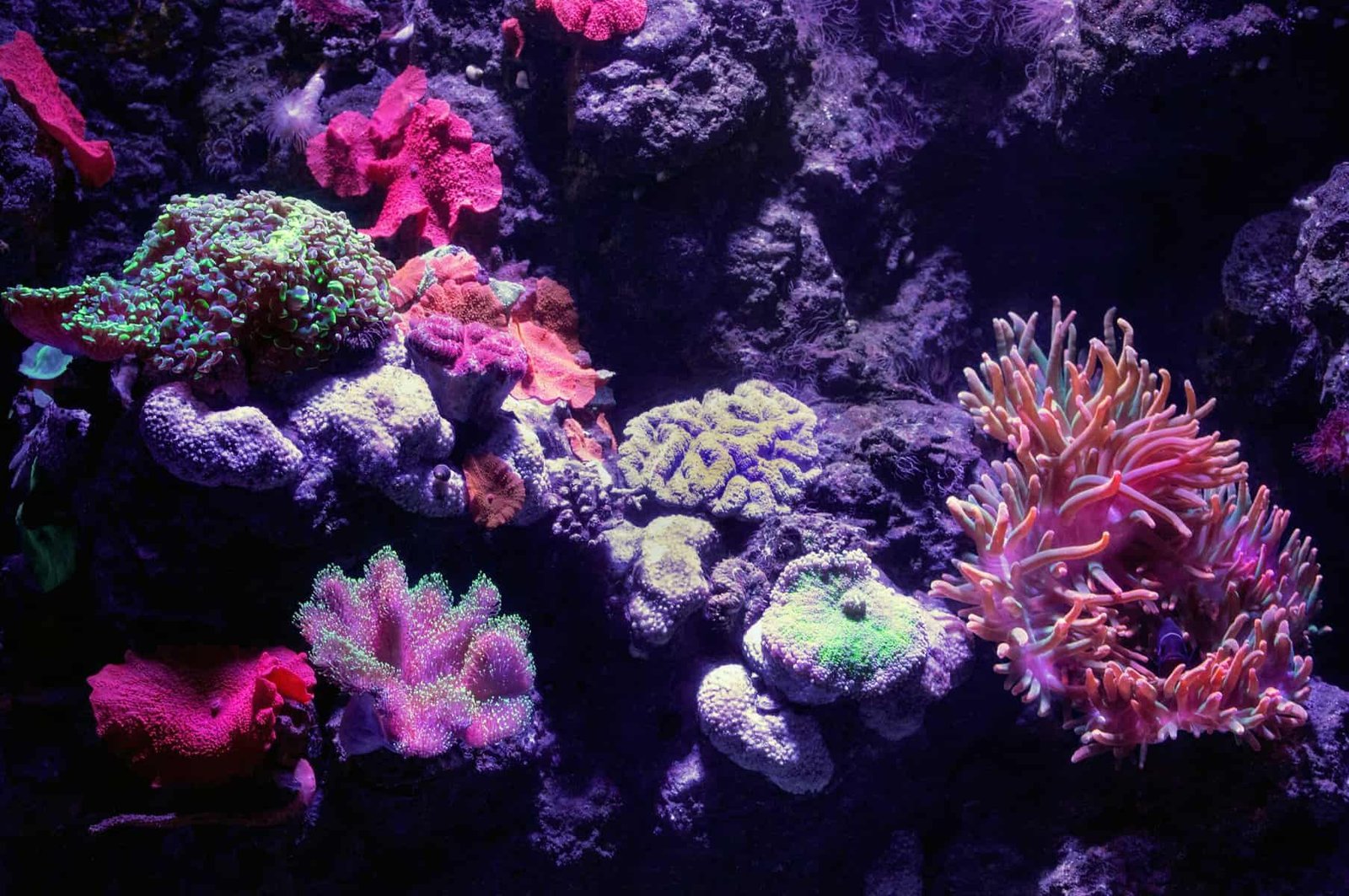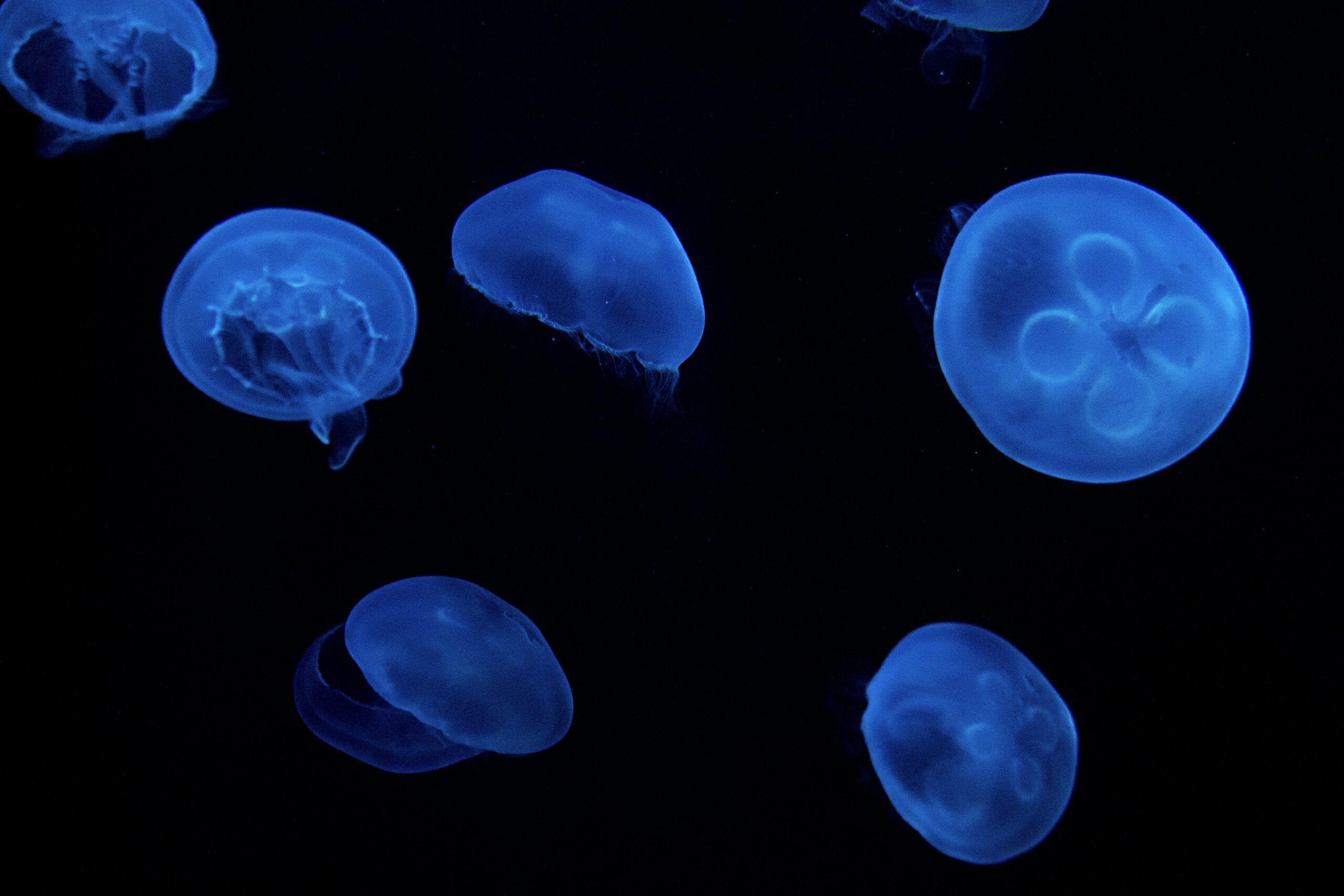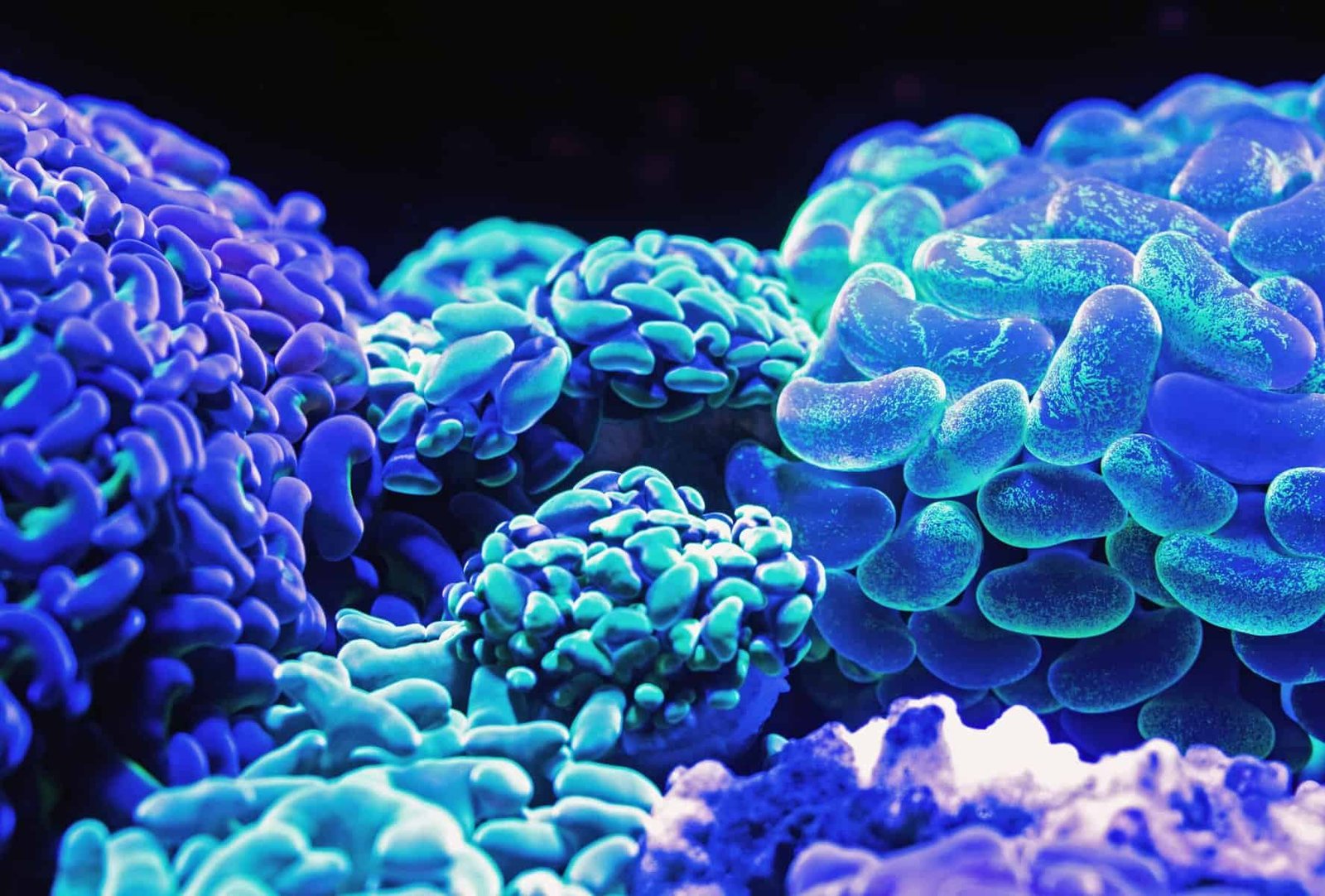Exploring the coastline in search of bioluminescent wonders offers you a thrilling blend of adventure and natural beauty. Imagine stumbling upon secluded beaches and secret coves where the waves sparkle with an unearthly blue glow, or paddling through serene waters that light up with each stroke of your kayak. This guide unveils those hidden gems where you can experience the magic of bioluminescence, away from the bustling tourist spots, making for a truly unforgettable encounter with one of nature’s most mesmerizing phenomena. Discover where and how to witness these glowing spectacles, and let the coastal night enchant you like never before. Have you ever wondered where you can witness the enchanting glow of bioluminescent phenomena along the coast? The sight of glistening waters sparkling like a starry night sky can be a truly magical experience. If you’ve been searching for those hidden gems where bioluminescent plankton dance in the waves, you’re in the right place!
In this article, we’ll explore some of the less-known yet breathtaking spots along various coastlines where you can observe these natural light shows. Stick with us as we venture into the mysterious world of bioluminescence. Trust us, the journey will be worth it!

Understanding Bioluminescence
Before we dive into the hidden spots, let’s take a moment to understand what causes these fascinating displays. Bioluminescence is the production and emission of light by living organisms. This phenomenon is often seen in marine animals like jellyfish, plankton, and certain types of fish. The light is usually produced by a chemical reaction that involves the enzyme luciferase.
The Science Behind the Glow
Bioluminescence occurs when light-producing chemicals react inside an organism. This reaction usually involves three main components:
- Luciferin: The pigment that produces light.
- Luciferase: The enzyme that catalyzes the reaction.
- Oxygen: Essential for the chemical reaction.
These components come together to produce light without generating heat, making it a fascinating subject for scientists and nature enthusiasts alike.
Why Coasts?
Marine environments are teeming with life, making them the perfect setting for bioluminescence. Here, various organisms like dinoflagellates (a type of plankton) produce bioluminescent light, turning the ocean into a spectacle of glowing waves.
Hidden Coastal Spots
Now that you understand the basic science behind bioluminescence, let’s uncover those hidden coastal gems where you can witness this enchanting glow.
Mosquito Bay, Vieques, Puerto Rico
Mosquito Bay holds the title of the brightest bioluminescent bay in the world. Though it’s gaining popularity, it remains a treasure trove of natural beauty.
- Best Time to Visit: New Moon nights when the skies are darkest.
- How to Get There: Access via kayak tours from several local operators.
- Tips: Avoid using flashlights; let your eyes adjust to the natural light.
Tomales Bay, California, USA
Tomales Bay is a less-known but equally mesmerizing spot to observe bioluminescent phenomena.
- Best Time to Visit: Late summer to early fall.
- How to Get There: Guided kayak tours are available from Inverness and Marshall.
- Tips: Schedule your visit around moonless nights for the best experience.
Luminous Lagoon, Jamaica
Jamaica’s Luminous Lagoon is famous but still offers a quieter, more intimate experience compared to other popular locations.
- Best Time to Visit: Year-round, but avoid full moon nights.
- How to Get There: Most resorts offer guided tours.
- Tips: Nighttime boat tours often include swimming opportunities, so wear your swim gear.
Halong Bay, Vietnam
This UNESCO World Heritage site is not only known for its limestone formations but also its glowing waters during the bioluminescence events.
- Best Time to Visit: Summertime.
- How to Get There: Various overnight cruises offer packages that include observing bioluminescence.
- Tips: Choose less tourist-heavy areas for a more tranquil experience.
Paddle Bay, British Columbia, Canada
Located in British Columbia, Paddle Bay offers a serene setting for observing bioluminescence.
- Best Time to Visit: Late summer to early fall.
- How to Get There: Guided night kayak tours are available.
- Tips: Remember to bring a waterproof flashlight for safety, but avoid shining it on the water to not disturb the natural glow.
The Best Time to Observe
Timing is crucial to maximize your chances of observing bioluminescence. Here are some general guidelines:
Seasonal Considerations
- Summer: Most bioluminescent activities peak during the summer months due to warmer waters and more abundant plankton.
- Fall: This is also a good time, as the waters are still relatively warm.
Moon Phases
- New Moon: The darker the night, the better. Aim for nights with minimal moonlight.
Weather Conditions
- Calm Nights: Less wind and smoother water surfaces make it easier to see the bioluminescent glow.
- Clear Skies: While not essential, clear skies enhance the overall experience, making it a night to remember.
What to Bring
Here’s a quick checklist to make sure you’re well-prepared for your bioluminescent adventure:
| Item | Description |
|---|---|
| Insect Repellent | Essential for keeping bugs at bay, especially in humid areas. |
| Waterproof Gear | Waterproof bags for cameras and phones. |
| Flashlight | A small, red-light flashlight is less disturbing to wildlife and helps preserve your night vision. |
| Snacks & Water | Essential for staying hydrated and energized. |
| Comfortable Clothing | Dress in layers and bring something warm, as coastal nights can get chilly. |

Tips and Safety Precautions
While bioluminescent tours are often very safe, it’s always a good idea to take some extra precautions:
- Follow Local Guidelines: Always adhere to local regulations and guidelines for visiting natural reserves and protected areas.
- Be Courteous: Respect other visitors and keep noise levels to a minimum.
- Environmental Responsibility: Avoid touching or disturbing the bioluminescent organisms. They are delicate and crucial to the ecosystem.
Alternative Experiences
If you’re unable to visit any of the hidden spots mentioned, here are some alternative experiences that can also give you a glimpse of the bioluminescent magic:
Virtual Tours
Many organizations offer virtual tours that feature bioluminescent events. Though it’s not the same as being there in person, it can be a captivating experience in its own right.
Bioluminescent Art
Some artists use bioluminescent materials to create stunning pieces that mimic the natural glow. Visiting art galleries that feature such works can be an alternative way to enjoy this phenomenon.
Science Exhibits
Museums and science centers often have exhibits dedicated to bioluminescence. This can be both an educational and visually stunning experience.

Conclusion
Witnessing bioluminescent phenomena along the coast is a magical experience that connects you deeply with nature. By venturing to hidden spots and following the tips and precautions given, you can enjoy this ethereal glow in a responsible and memorable manner. Whether you choose to explore the bright waters of Mosquito Bay, the serene landscape of Paddle Bay, or any of the other breathtaking locations we’ve shared, you’re in for an unforgettable night.